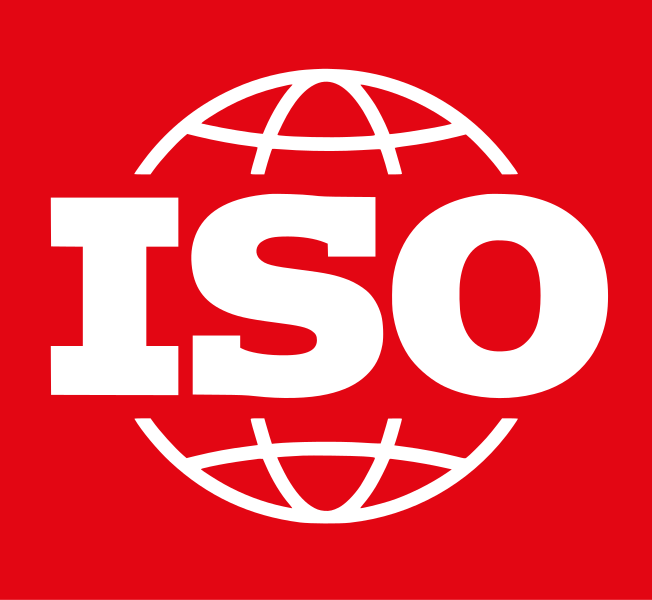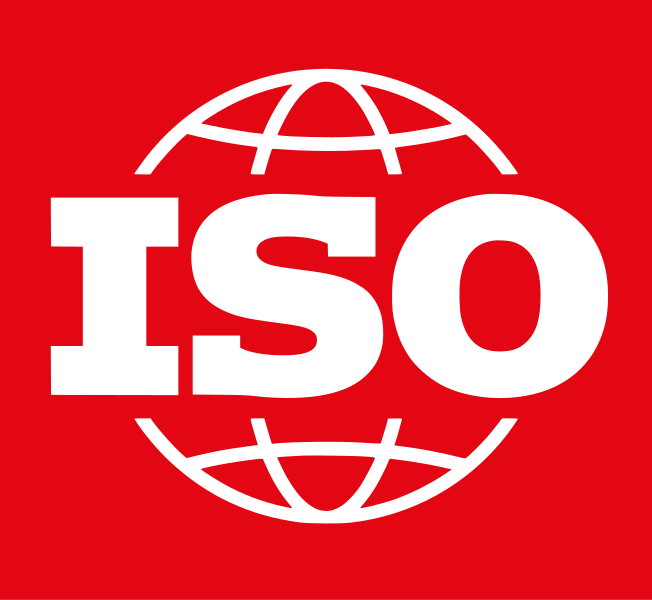ISO/IEC 30101:2014 is for sensor networks in order to support smart grid technologies for power generation, distribution, networks, energy storage, load efficiency, control and communications, and associated environmental challenges. This International Standard characterizes the requirements for sensor networks to support the aforementioned applications and challenges. Data from sensors in smart grid systems is collected, transmitted, published, and acted upon to ensure efficient coordination of the various systems and subsystems. The intelligence derived through the sensor networks supports synchronization, monitoring and responding, command and control, data/information processing, security, information routing, and human-grid display/graphical interfaces.
This International standard specifies
- interfaces between the sensor networks and other networks for smart grid system applications,
- sensor network architecture to support smart grid systems,
- interface between sensor networks with smart grid systems, and
- sensor network based emerging applications and services to support smart grid systems.
ISO/IEC 30101:2014 [ISO/IEC 30101:2014]
https://www.iso.org/standard/53221.html?browse=tc











